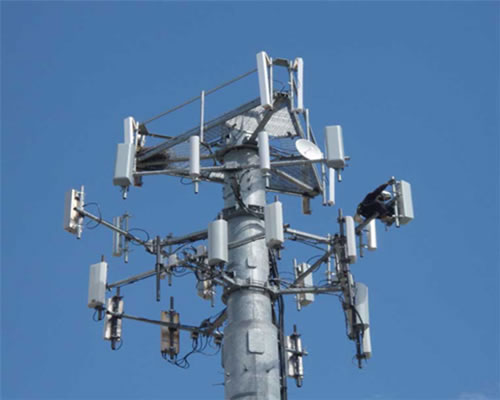Ericsson has reported a net loss of SEK6.3 billion (US$990 million) after it was hit by a write down of SEK8 billion on its ST-Ericsson joint-venture and took a tax charge of SEK500 million.
Revenues for the quarter rose by 5 percent to SEK 66.9 billion ($10.5 billion) as the recently acquired Telcordia operation added sales of SEK 1.1 billion in the quarter, split 50/50 between segments Global Services and Support Solutions.
Ericsson’s CEO, Hans Vestberg commented: “During the year profitability was negatively impacted by operating losses in ST-Ericsson, the ongoing network modernization projects in Europe as well as the underlying business mix,with a higher share of coverage projects than capacity projects.”
For the full year, revenues were flat YoY at SEK 227.8 billion (US$35.8 billion) with growth in Global Services and Support Solutions, while Networks sales declined partly due to the 40% decline of CDMA equipment sales.
Full year net profit halved to SEK 5.9 billion (US$927 million) from SEK 12.6 billion in 2011, although the above mentioned write-down had been offset by similar gains earlier in the year from the sale of SonyEricsson.
The company expects that the underlying business mix, with higher share of coverage projects than capacity projects, is expected to shift towards more capacity projects in the second half of 2013. The negative impact from the network modernization projects in Europe will continue to gradually decline during 2013.
Networks
Sales for comparable units, adjusted for currency changes and hedging, increased 9% YoY. The increase is mainly related to high year-end business activity in North America and Japan, primarily within mobile broadband infrastructure.
CDMA equipment sales declined -18% YoY to SEK 2.5 b. GSM sales in China continued to decline YoY. North America showed good development both YoY and QoQ.
The sales increase QoQ of 31% is due to high year-end sales, 3G sales in China, LTE sales in South Korea and high project activity in parts of Western Europe. CDMA equipment sales grew by 58% QoQ due to temporary capacity needs. CDMA equipment sales are expected to continue to decline following North American operators’ transition to LTE.
Services
Sales growth for comparable units, adjusted for FX and hedging, was 4% YoY, primarily driven by Managed Services and Consulting and Systems Integration.
Operators continue to focus on increasing their operational efficiency and reducing operating expenses through transformation activities in the voice, IP and OSS/BSS domains, which drive demand for professional services. The QoQ sales growth of 15% was driven by Consulting and Systems Integration as well as Network Rollout.
Professional Services shows improved margin development due to continued efficiency gains and higher sales. The low margin in Network Rollout continued in the quarter and is related to network modernization projects in Europe and coverage projects.










